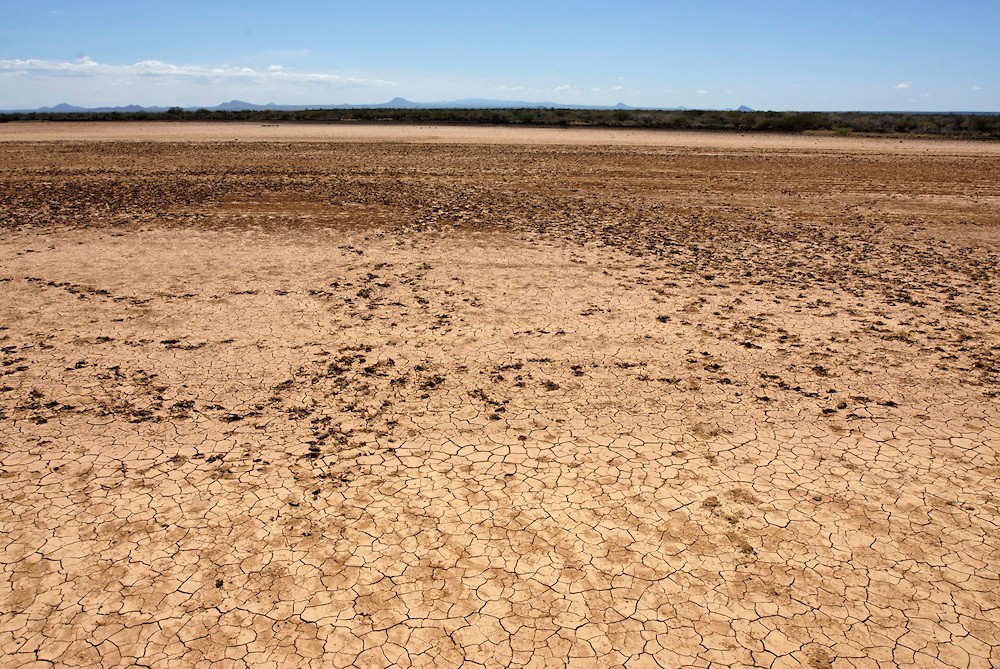We recently wrote about drought in Malawi, aggravated by a lack of a rainy season for two years running. But the situation is hardly confined to one country: Serious droughts are occurring across the African continent, with notable impacts for such cities as Cape Town and Nairobi.
Cape Town, with nearly four million residents, is contending with its worst drought in a century. Dam levels have fallen dramatically, and long-term climate models project a drying trend that could reduce annual rainfall in the region by as much as 40%.
Cape Town Executive Mayor Patricia de Lille, who recently unveiled a five-year development plan, stresses that the city needs to intensify efforts to avoid future water shortages and achieve water security. “We need to rethink our over-reliance on surface water and increasingly embrace more non-surface water options such as water reuse and desalination,” she said.
The situation in Nairobi is no less dire. With higher than average temperatures and little rain on the horizon, water rationing has been in effect since January. The Ndakaini storage dam, which provides for 85% of Nairobi’s water, is at 37% capacity, and the city could run out of water by September.
Nairobi City Water and Sewerage Company (NCWSC) is distributing 400,000 cubic meters a day, 350,000 less than the city needs. For most of the city, water delivery is unreliable; some neighborhoods receive water for as little as 12 hours a week. The city recently blamed acholera outbreak partly on irregular supplies of potable water.
What can be done? Engineers and other experts say plenty. Short-term plans include rainwater harvesting from buildings — which Nairobi does not currently plan for — and possible artificial groundwater recharge zones for the city’s aquifers. The 115,000 cubic meters of wastewater that NCWSC treats daily could be pumped back into the ground for eventual reuse.
Meeting the region’s long-term water challenges will require even broader action. Water demand in Nairobi is expected to double by 2030. Farming practices need to change, as many farmers don’t have adequate soil and water conservation structures.
Forest and other lands need to be restored. To that end, the World Agroforestry Centre is promoting financial incentives to encourage sustainable land management.
“There is growing political will, and investments have started to flow,” says Ravi Prabhu, the Centre’s Deputy Director General. “What is required is social capital from watershed to water user, and this situation could be turned around.”











